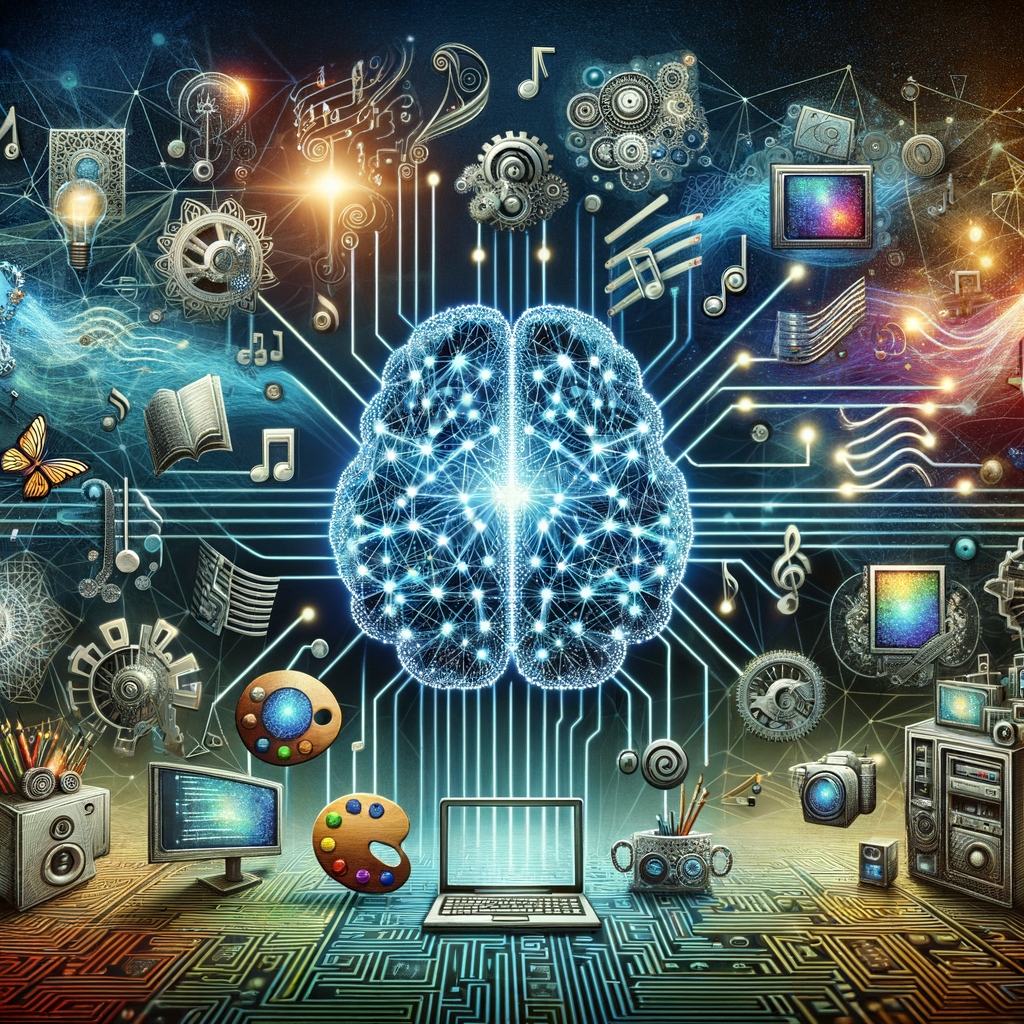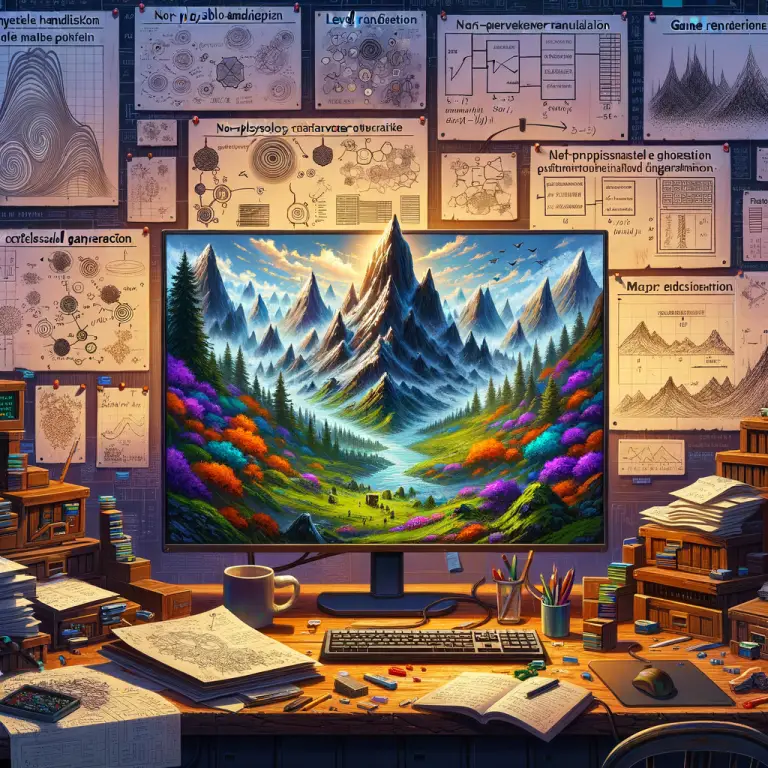
Introduction to AI Generative Technologies
AI generative technologies have rapidly advanced, pushing the boundaries of creativity and innovation across various sectors. These technologies utilize complex algorithms and neural networks to produce content that mimics human-like creativity. From generating art and music to creating realistic texts and virtual environments, AI generative models are redefining the way we interact with technology.
This article delves into the transformative impact of AI generative technologies on tech and lifestyle, exploring their applications, benefits, and future potential. Whether you’re a tech enthusiast or someone interested in how technology shapes our daily lives, understanding AI generative models is essential.
The Mechanics Behind AI Generative Models
At the heart of AI generative technology lies machine learning, particularly deep learning models such as Generative Adversarial Networks (GANs) and Variational Autoencoders (VAEs). These models are designed to learn patterns from vast datasets and generate new data that resembles the input data. GANs, for instance, consist of two neural networks—the generator and the discriminator—working together to create authentic outputs.
The generator creates new data instances, while the discriminator evaluates them for authenticity. Over time, this adversarial process refines the generator’s capabilities, producing increasingly realistic outputs. VAEs, on the other hand, encode input data into a latent space before decoding it back into new data instances. This approach allows VAEs to generate diverse outputs with variations in style and content.
Applications in Content Creation
AI generative technologies have significantly impacted content creation across industries. In digital media, AI is used to automate the generation of articles, reports, and social media posts. This not only enhances productivity but also allows for personalization based on user preferences. For instance, news organizations can utilize AI generative tools to produce customized news feeds tailored to individual reader interests.
The creative arts have also benefited from these advancements. Artists use AI models to create unique pieces of art by blending different styles or generating entirely new concepts. Music producers employ AI to compose original scores or remix existing tracks. These applications highlight how AI generative technologies are expanding creative possibilities beyond human imagination.
Impact on Lifestyle: Personalized Experiences
Incorporating AI generative technologies into everyday life has led to more personalized experiences for consumers. E-commerce platforms use these technologies to analyze consumer behavior and preferences, offering tailored product recommendations that enhance shopping experiences. This personalization extends to advertising as well, where AI generates targeted ads based on user data insights.
Moreover, AI-driven virtual assistants are becoming increasingly adept at understanding user needs and providing customized solutions. By learning from user interactions, these assistants can suggest activities, manage schedules, or even offer emotional support through empathetic conversations. The integration of AI generative models into smart home devices further personalizes living environments by adjusting lighting, temperature, and entertainment options according to individual preferences.
The Future of AI Generative Technologies
The future holds immense potential for AI generative technologies as they continue to evolve and integrate into various domains. As computational power increases and algorithms become more sophisticated, we can expect even more realistic and diverse outputs from these models. Industries such as healthcare may witness breakthroughs in drug discovery through AI-generated molecular structures or personalized treatment plans.
However, with great potential comes responsibility. Ethical considerations surrounding data privacy, bias in generated content, and the authenticity of outputs must be addressed as these technologies advance. Striking a balance between innovation and ethical use will be crucial in harnessing the full potential of AI generative technologies.
Conclusion
The rise of AI generative technologies marks a significant milestone in our journey towards a more technologically integrated future. By transforming content creation processes and personalizing user experiences across various sectors, these technologies are reshaping how we interact with digital environments.
As we explore the capabilities of AI generative models further, it’s essential to remain informed about their implications on society and industry practices. Embracing this knowledge will enable us to leverage these advancements responsibly while unlocking new avenues for innovation in tech and lifestyle domains.



